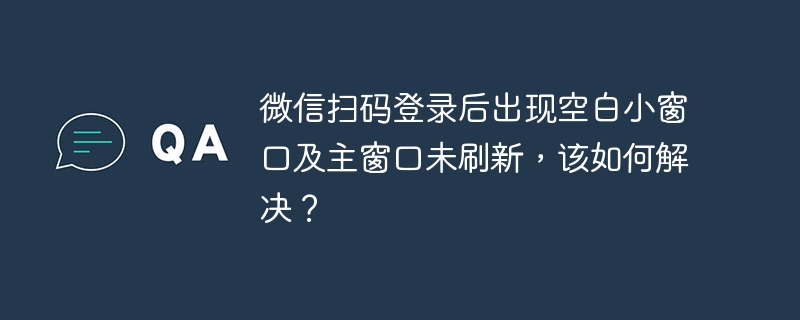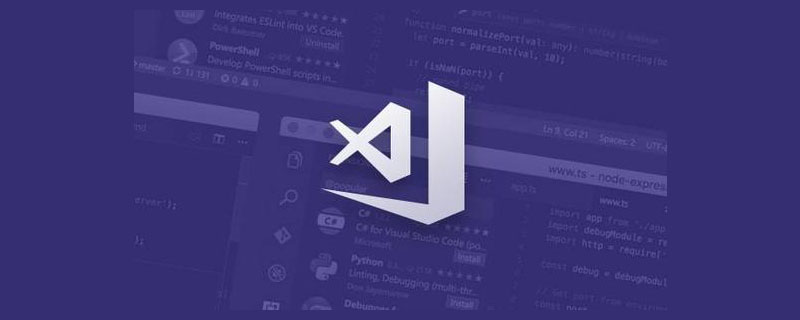在JavaScript中判斷多個條件滿足其一的核心方法是使用邏輯或運算符||,1. 使用||連接多個條件表達式,只要其中一個為真,整體結果即為真;2. 為提高可讀性和維護性,可將各條件封裝成獨立函數,并通過一個檢查函數調用這些條件函數;3. ||具有短路特性,若前面的條件已為真,則后續條件不再計算,適用于優化性能;4. 處理空值或未定義值時,建議使用===分別檢查NULL和undefined,或使用== null進行簡潔判斷;5. 除||外,也可使用數組的some方法實現類似邏輯,即將條件存入數組并調用some判斷是否存在為真的條件。
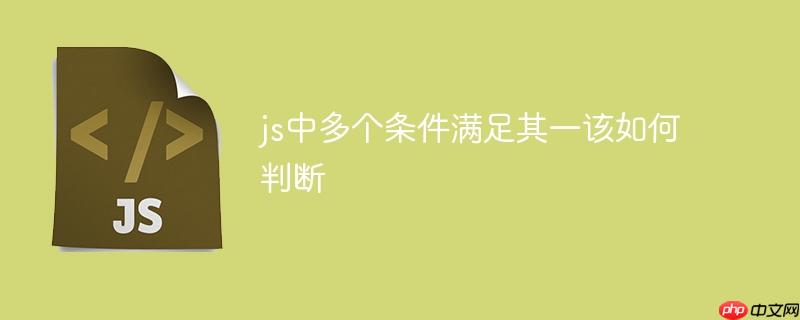
判斷JS中多個條件滿足其一,核心在于使用邏輯或運算符 ||。只要其中一個條件為真,整個表達式的結果就為真。
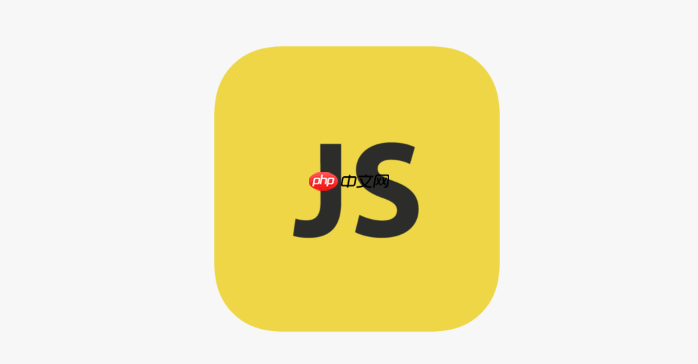
使用 || 運算符將多個條件連接起來。
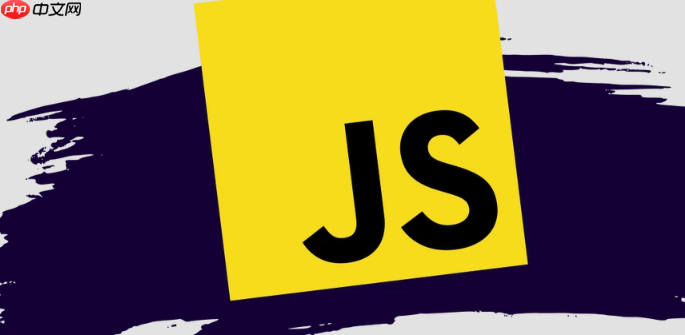
如何高效地組織多個條件判斷?
當條件數量增多時,代碼可讀性會下降。可以考慮將條件封裝成函數,提高代碼的可維護性。
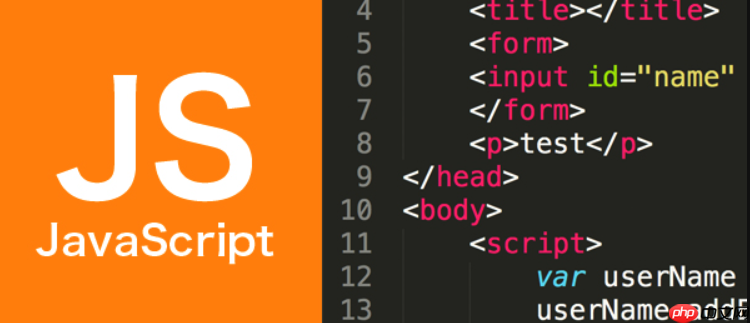
function condition1(x) { return x > 10; } function condition2(y) { return y < 5; } function condition3(z) { return z % 2 === 0; } function checkConditions(a, b, c) { return condition1(a) || condition2(b) || condition3(c); } console.log(checkConditions(11, 6, 7)); // true (condition1 is true) console.log(checkConditions(9, 4, 7)); // true (condition2 is true) console.log(checkConditions(9, 6, 8)); // true (condition3 is true) console.log(checkConditions(9, 6, 7)); // false (all conditions are false)
這種方式的優點在于,每個條件的邏輯都獨立存在,方便修改和測試。如果條件特別復雜,還可以將條件函數進一步拆分成更小的函數。
|| 運算符的短路特性是什么,如何利用?
|| 運算符具有短路特性。這意味著,如果第一個條件為真,后面的條件就不會再被計算。這在某些情況下可以優化性能,避免不必要的計算。例如:
function expensiveOperation() { console.log("Expensive operation called!"); return true; // 假設這是一個耗時的操作 } function checkCondition() { return true || expensiveOperation(); // expensiveOperation 不會被調用 } console.log(checkCondition()); // true
在這個例子中,由于第一個條件 true 已經滿足,expensiveOperation 函數不會被執行。但要注意,如果 expensiveOperation 有副作用(例如修改全局變量),短路特性可能會導致意想不到的結果。
如何處理條件判斷中的空值或未定義值?
在條件判斷中,需要特別注意空值(null)和未定義值(undefined)。這些值在進行邏輯運算時可能會導致錯誤。可以使用 typeof 運算符或 === 運算符進行檢查。
function checkValue(value) { if (value === null || value === undefined) { console.log("Value is null or undefined"); return false; } return true; } let myValue = null; if (checkValue(myValue) || myValue > 10) { //checkValue(myValue) 返回false,所以執行 myValue > 10,但是由于myValue是null,會返回false console.log("Condition is true or value is greater than 10"); // 不會執行 } myValue = 15; if (checkValue(myValue) || myValue > 10) { //checkValue(myValue) 返回true,短路特性,所以不會執行 myValue > 10 console.log("Condition is true or value is greater than 10"); // 會執行 } myValue = undefined; if (checkValue(myValue) || myValue > 10) { //checkValue(myValue) 返回false,所以執行 myValue > 10,但是由于myValue是undefined,會返回false console.log("Condition is true or value is greater than 10"); // 不會執行 } myValue = 5; if (checkValue(myValue) || myValue > 10) { //checkValue(myValue) 返回true,短路特性,所以不會執行 myValue > 10 console.log("Condition is true or value is greater than 10"); // 會執行 }
或者更簡潔的寫法:
function checkValue(value) { if (value == null) { //同時檢查 null 和 undefined console.log("Value is null or undefined"); return false; } return true; } let myValue = null; if (checkValue(myValue) || myValue > 10) { console.log("Condition is true or value is greater than 10"); // 不會執行 }
注意 == 和 === 的區別。== 會進行類型轉換,而 === 不會。在處理空值和未定義值時,通常建議使用 ===,以避免類型轉換帶來的意外結果。但有時使用 == null 可以同時檢查 null 和 undefined,代碼更簡潔。
除了 || 運算符,還有其他實現“滿足其一”邏輯的方式嗎?
雖然 || 運算符是最常用的方式,但在某些特殊情況下,也可以使用其他方式實現“滿足其一”的邏輯。例如,可以使用數組的 some 方法:
function checkConditions(a, b, c) { const conditions = [ a > 10, b < 5, c % 2 === 0 ]; return conditions.some(condition => condition === true); } console.log(checkConditions(11, 6, 7)); // true console.log(checkConditions(9, 4, 7)); // true console.log(checkConditions(9, 6, 8)); // true console.log(checkConditions(9, 6, 7)); // false
some 方法會遍歷數組,只要有一個元素滿足條件(返回 true),就立即返回 true。這種方式的優點在于,可以將條件集中管理,方便修改和擴展。但相比 || 運算符,代碼稍微冗長一些。選擇哪種方式取決于具體的場景和個人偏好。














